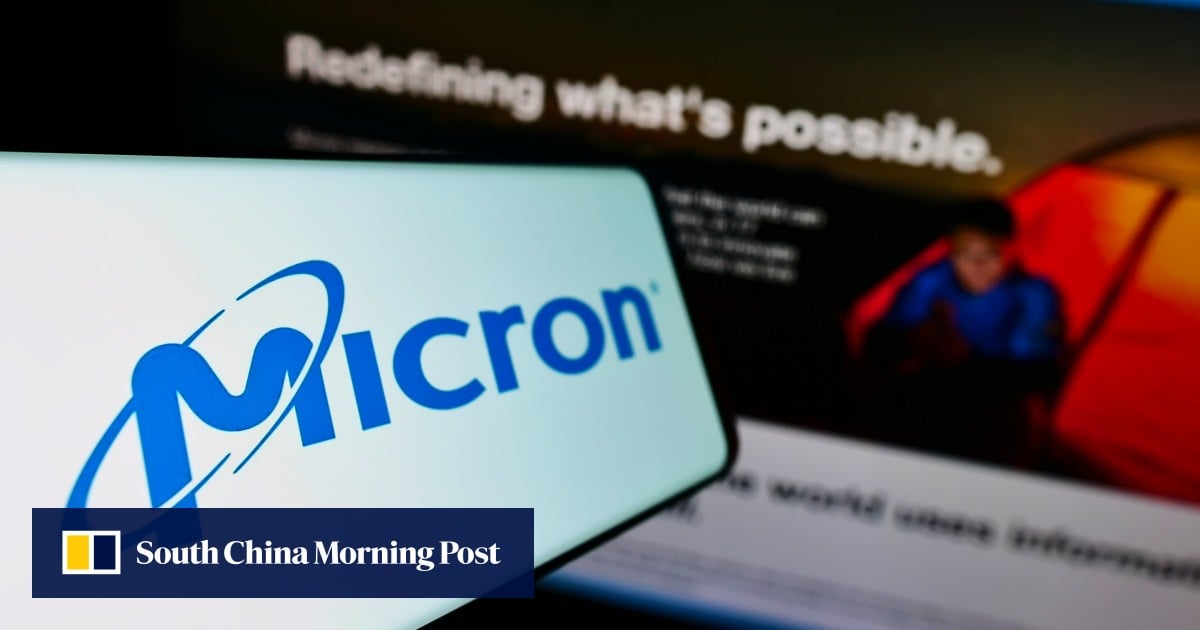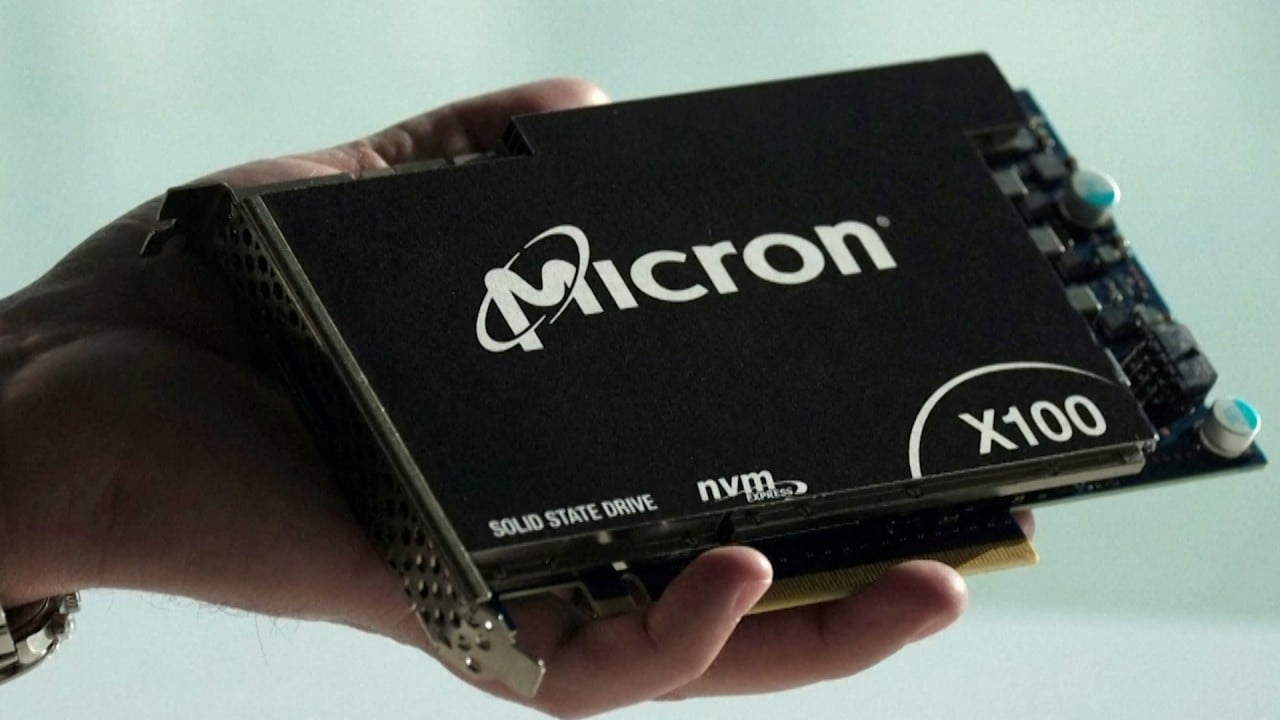Revenue for its financial third quarter will be US$6.4 billion to US$6.8 billion, Micron said in a statement on Wednesday. That compares with an average analyst estimate of US$5.99 billion.

The company’s shares gained 15 per cent in late trading after the results were released. They had climbed 13 per cent to US$96.25 this year through the close. Tech peers such as Western Digital Corp also gained in extended trading.
AI-related systems use something called high-bandwidth memory (HBM). That type of chip is new and less of a commodity. That means companies like Micron can charge a much higher price for it.
Micron got its first revenue from a form of this memory known as HBM3E in its most recent quarter. The semiconductors are part of Nvidia’s graphics chip-based AI accelerators, Micron said.
US chip maker Micron rekindles ties with China despite Beijing’s sales ban
US chip maker Micron rekindles ties with China despite Beijing’s sales ban
Boise, Idaho-based Micron expects “several hundred million” dollars of revenue from HBM products in its 2024 financial year. Most its production of such chips is sold out for 2025, it said.
AI systems are created by bombarding software with information. The process can involve trillions of parameters and is highly reliant on memory. To avoid bottlenecks and keep expensive processors working flat out, Micron and its competitors have developed chips that communicate with other components much faster than traditional memory chips.
In Micron’s financial second quarter, which ended on February 29, the company’s revenue rose 58 per cent to US$5.82 billion. It recorded earnings of 42 US cents a share, excluding certain items. That compares with estimated sales of US$5.35 billion and a projected loss of 24 cents a share.
China’s top memory chip maker sues Micron for patent infringement in US
China’s top memory chip maker sues Micron for patent infringement in US
“Micron has returned to profitability and delivered positive operating margin a quarter ahead of expectation,” Mehrotra said on a conference call with analysts.
Both types of memory follow industry standards, meaning that parts from different companies are interchangeable and can be traded like commodities. The downside is that prices can be volatile, and customers can switch from one supplier to another.
Memory chip makers have been trying to push into new markets, such as data centres, cars and an increasing array of gadgets – making them less dependent on smartphones and PCs. But they have not become diversified enough to offset the swings in demand within their core markets, as they experienced in 2023.
Micron is looking to makers of PCs and smartphones to return to steady ordering. Many of them had scaled back demand to draw down the inventory they had on hand. Weak ordering from those customers pushed chip prices down below the cost of production last year.


